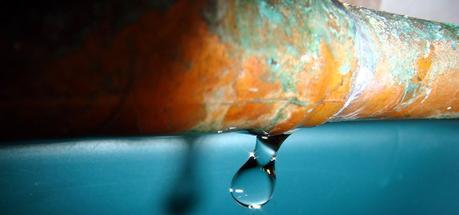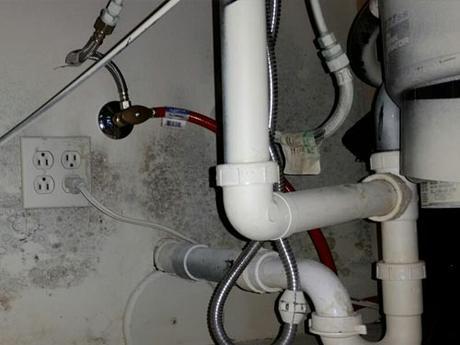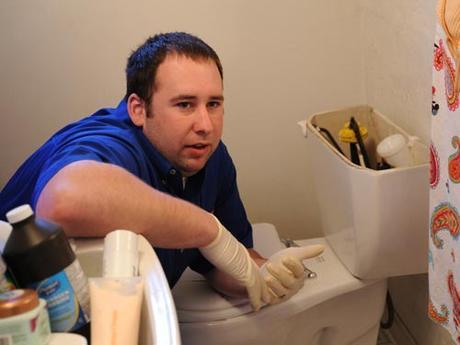 Plumbing problems are often depicted quite humorously on TV. Everybody gets a good laugh seeing a character’s struggle to repair the issue – but in a real life situation, nobody laughs when faced with a plumbing issue.
Plumbing problems are often depicted quite humorously on TV. Everybody gets a good laugh seeing a character’s struggle to repair the issue – but in a real life situation, nobody laughs when faced with a plumbing issue.
Leaking pipes, toilet backflow, clogged sewers, gas leaks – all of these are truly nothing to laugh at. They can pose a huge inconvenience to households and commercial establishments. They compromise routines and expose people to health risks. Many homeowners are too grossed out by the idea of wastewater that refuses to go down the drain. This is why, more often than not, people can’t wait 24 hours until proper repairs are efficiently carried out.
However, there are some folks who do not make such a big deal out of plumbing woes. There are those who think that time can solve the problem, and all they need to do is wait things out. They tend to refuse to think of plumbing problems as emergencies and will simply let a few days pass before calling a plumber.
Although it’s nice to be a person who’s not easily frazzled by plumbing issues, it’s important to refrain from treating such problems so lightly because delayed action can easily turn a small plumbing problem into a big and complex one. In these cases, it’s always best to assess the situation carefully and study its potential impact.
If you wish to avoid costly repairs and replacements due to plumbing problems, trusted plumbers recommend keeping an eye out for the following signs of plumbing problems. These indicate the need for professional plumbing services ASAP due to their serious consequences.
7 Signs to Watch Out For
1. Mold growth

2. Frequent dizziness, headaches, breathing difficulty, fatigue, and nausea experienced by the family only when at home.
If you use natural gas for cooking and heating, these enumerated symptoms typically indicate a gas leak. This kind of leak is hard to detect, even if a scent has been added for easier detection and you have a heightened sense of smell. But it’s not just the health impact that you need to worry about in this case; with a gas leak, there’s always the potential for fire as well.
3. Discolored water
When water turns a different color, then you better beware and find out what may be causing the discoloration. Call your water company to find out if they are dealing with the issue, because if they are, they’ll be able to give you a time frame of how long the problem may last.
However, if discolored water is not coming from the main source, then it’s quite probable that your plumbing structure has been compromised and contaminants have made their way into the system. Surely, no one would want to consume discolored water.
4. Backflow of wastewater
This usually means that there’s a problem with the sewer line (which is not easy to see because your systems are underground). It can be caused by the buildup of waste (due to unhygienic practices, such as flushing wipes down the toilet) or tree root infestation.
5. Noisy drains or pipes, sinks, and toilets

6. Low water pressure
There may be a clog in your pipes that is preventing water from flowing freely. This is can be dangerous as the blockage may cause the pipe to burst or fittings to come loose, which then can damage your floors, walls or roof.
7. Indoor flooding
When flooding happens indoors and it hasn’t been raining, it’s most likely due to plumbing problems such as an improperly working drainage system, a full septic tank, leaking water heaters, or a faulty washing machine hose. Indoor flooding is a huge hassle; it can negatively affect the quality of life at home because of the damage it can create, along with the health and safety risks it presents.
When these signs manifest, you’ll know it’s time to call a plumber. These are all indicators of a complex plumbing problem that only properly trained plumbers should fix. The smart thing to do is to call one immediately in order to prevent further damage and to quickly restore the proper working order of your home systems.
AUTHOR BIO
Based in South Melbourne, Blue Diamond Plumbing was founded in 1985, working on new homes, repairs, and commercial contracts. Since 2001, the company has specialized in emergency plumbing, property maintenance, repairs and renovations for homes and businesses in Melbourne and inner city suburbs. Owner Rod Diamond has over 30 years of experience with emergency plumbing in Melbourne’s inner suburbs.
Photo credit:
